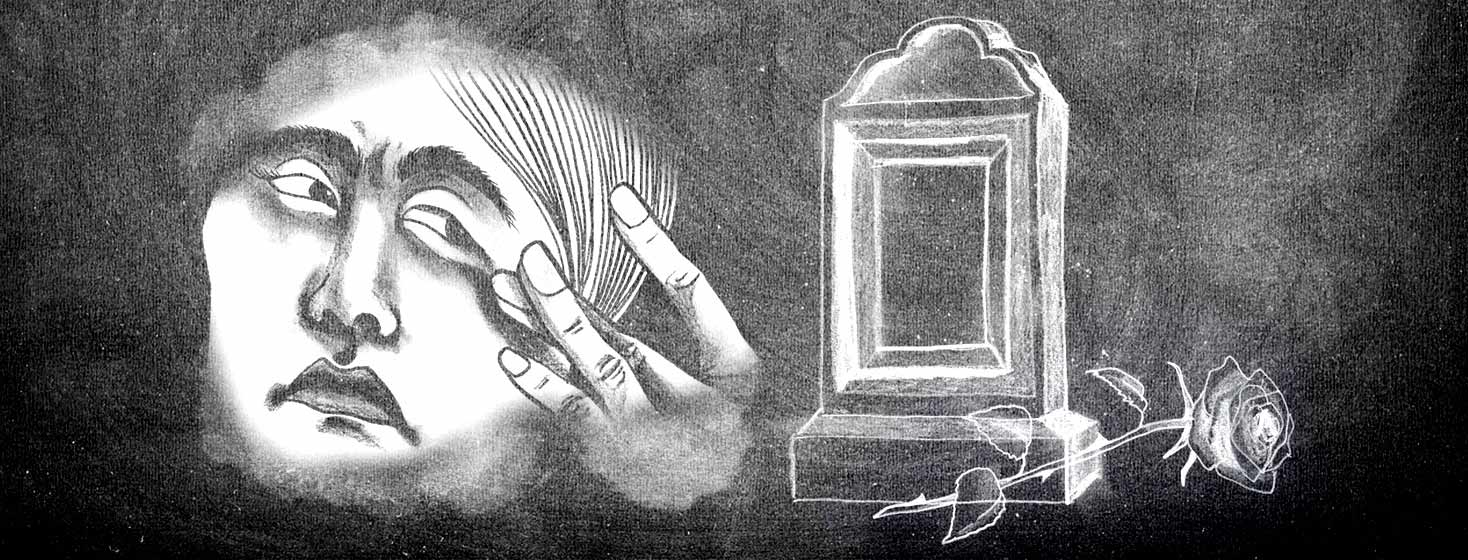Can You Die From Myasthenia Gravis?
Myasthenia gravis (MG) is an autoimmune condition that impacts the way nerves and muscles communicate. The body mistakenly attacks itself, leading to muscle weakness.1
The word "myasthenia" means muscle weakness. The word "gravis" means harmful or grave (deadly). It is possible to die of MG-related complications. However, despite its name, the large majority of those with MG will have a typical life expectancy.1
MG affects everyone differently, and no 2 people will have the same experience with the condition. Symptoms can range from mild to very severe. Even in severe cases, treatment options have advanced so much that death from MG is rare. One of the most life-threatening complications of MG is a myasthenic crisis.
What is a myasthenic crisis?
MG can affect many different muscle groups. Some people have eye (ocular) symptoms only. Others have weakness of multiple muscles, including those in the arms and legs.2,3
As MG progresses, it can affect the muscles involved in breathing. When these muscles are affected, it can become harder to breathe. This can become so severe that a person cannot breathe on their own. This is considered a crisis and can lead to death. Crises are often triggered by different factors, including:2,3
- Stress
- Respiratory infections
- Pregnancy
- Certain medicines
How many people die from MG?
As many as 15 to 30 percent of people with MG will experience a myasthenic crisis. A crisis most commonly occurs within the first 2 to 3 years after MG symptoms begin.2,3
In the mid-1900s, as many as 50 to 80 percent of people having a myasthenic crisis would die. Now, treatment has advanced so much that fewer than 10 percent of people die from an MG crisis. One study found that the risk of dying from a crisis may be as low as 4 percent.2
Plus, it is important to note that not everyone with MG will have a myasthenic crisis in their lifetime. And, dying from a myasthenic crisis is becoming rare. Treatments like mechanical ventilation (oxygen masks and breathing tubes), intravenous immunoglobulin (IVIG), and plasma exchange are life-saving. A person can be supported through a crisis better than ever before.2,3
The biggest factors that lead to death from MG are:2
- Older age, with a higher risk in people over 50 years old
- Full respiratory failure that requires intense breathing support from machines
Other causes of death
While myasthenic crises are a commonly talked about cause of death for those with MG and relate directly to the progression of the condition, there are other potential factors to consider.
A person with MG can die of other health issues, just like anyone else. The overall in-hospital death rate for those with MG has been estimated to be around 2 percent. This includes both those having a myasthenic crisis and those who are not. Those not having a crisis may die due to causes not directly related to the progression of MG at all.2
People with MG can have other autoimmune conditions like lupus. They can also have other inflammatory conditions like myocarditis (inflammation of the heart). Immune system-impacting drugs can also increase the risk of serious infection.2-4
Risk of blood clots
Plus, blood clots, including deep vein thromboses (DVTs), are more common in people who are unable to move around easily or who are hospitalized for periods of time. Other conditions like these that can occur along with MG may have symptoms that could lead to death and are hard to separate from MG. This is especially true when the cause of death is related to breathing difficulties.2-4
Overall, it is possible to die from MG-related complications like a breathing crisis. However, not everyone will experience a crisis with their MG, and treatment has advanced a lot for those who do. While each person’s unique MG journey will be different, most people with the condition will have a normal life expectancy.
This or That
Do the risks of having MG-related complications worry you on a consistent basis?

Join the conversation